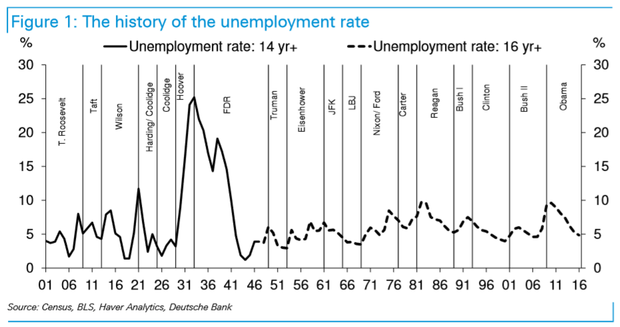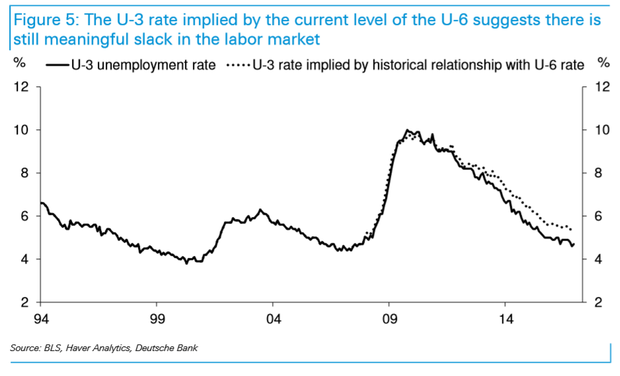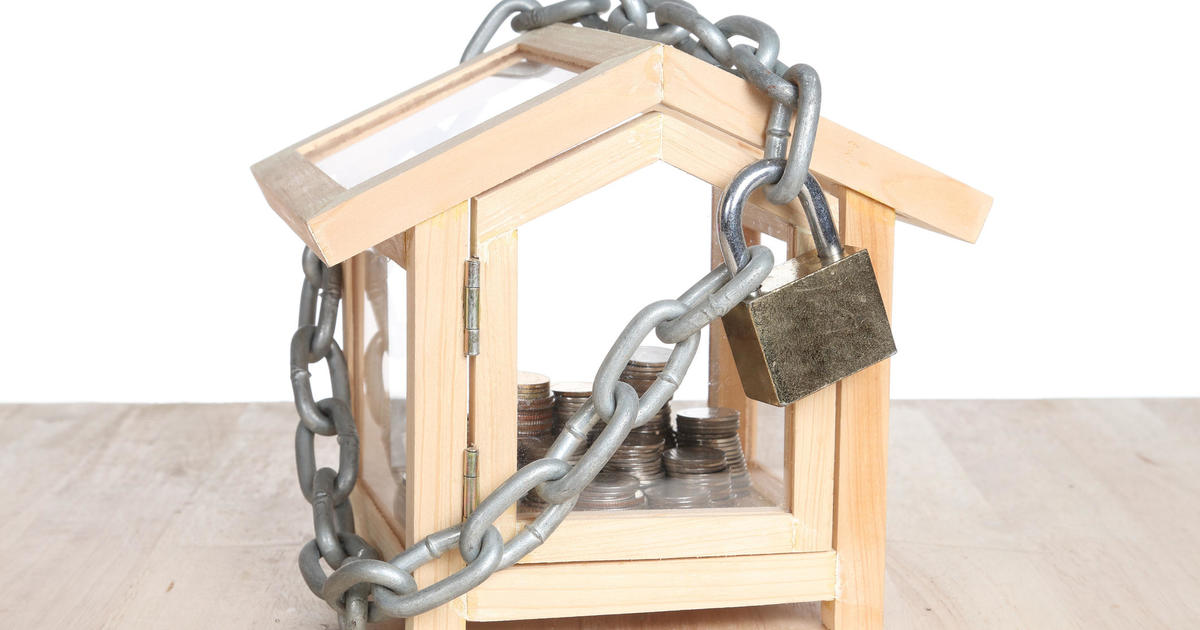Why the jobless rate could go even lower under Trump
Wall Street’s focus is about to shift, from all about Dow 20,000 and the inauguration of President Donald Trump back to the economy, job growth and the specter of Federal Reserve interest rate hikes this year.
The lynchpin in all this is the pace of job growth, which has been tepid but stable lately, and the unemployment rate, which has spent much of the past year under the 5 percent threshold that indicates job market tightness. Everything from inflation, interest rates and wage gains will depend on what the unemployment rate does under President Trump.
First, the bad news: According to Deutsche Bank analysts, looking back since 1901, every time a U.S. president came into office with the unemployment rate below 5.5 percent (currently, it’s 4.7 percent) it was higher four years later eight out of 11 times (chart below).
Part of the reason is that in each case, the labor market was running “too hot,” creating inflationary pressures that forced the Fed to raise interest rates, choke off credit creation and push the economy into fresh recessions. That’s a reminder of how much more powerful an influence the Fed has on the business cycle compared to the president.
And certainly, this is a current concern. At her press conference on Dec. 14, Fed Chair Janet Yellen expressed a belief that the degree of slack in the economy “has diminished” and the economy didn’t have an obvious need for additional stimulus “to help get us back to full employment.”
Hiring managers seem to be acutely aware of a labor shortage as well: Ed Yardeni of Yardeni Research noted that 29.3 percent of small-business owners surveyed in the December National Federation of Independent Business report said they had job positions that they were unable to fill, the highest reading since March 2001.
Now, the silver lining: Because of demographic shifts and the scars left from the financial crisis, the unemployment rate may not be as accurately estimating spare capacity in the labor market as it has in years past (chart below). And that means Mr. Trump has room to push the jobless rate lower, at least in the near term, via his various stimulus proposals such as tax reform, increased infrastructure spending and more hiring of U.S. Border Patrol agents among many others.
This can be seen, according to Deutsche Bank, via the “natural” unemployment rate -- a concept economists dub the “non-accelerating inflation rate of unemployment,” or NAIRU. For presidents before Mr. Trump who enjoyed a sub-5.5 unemployment rate (that is, a strong job market), each one dealt with a NAIRU that was higher than the jobless rate.
Translation: Those job markets were overly tight, and thus, the threat of inflation was too great.
But right now, a strange disconnect exists between the unemployment rate (which, according to government estimates is currently at the NAIRU level) and broader measures of joblessness that account for people loosely attached to the labor force. That suggests many people on the fringes of the economy are ready to work if hiring stays strong and wage growth heats up.
In their view, the Deutsche Bank team believes the U.S. economy could muster another year of strong, noninflationary job gains under President Trump that would “almost certainly” push the unemployment rate below 4 percent -- a low not seen since the dot-com boom.






